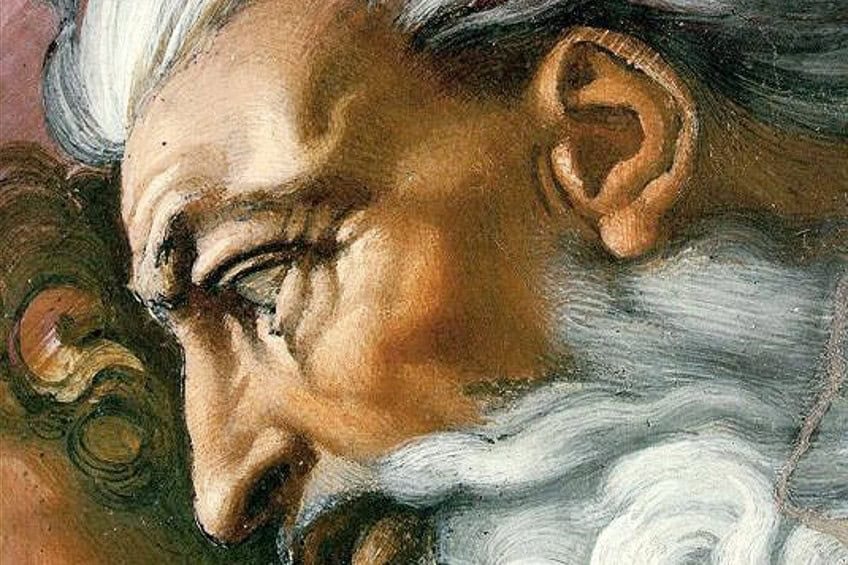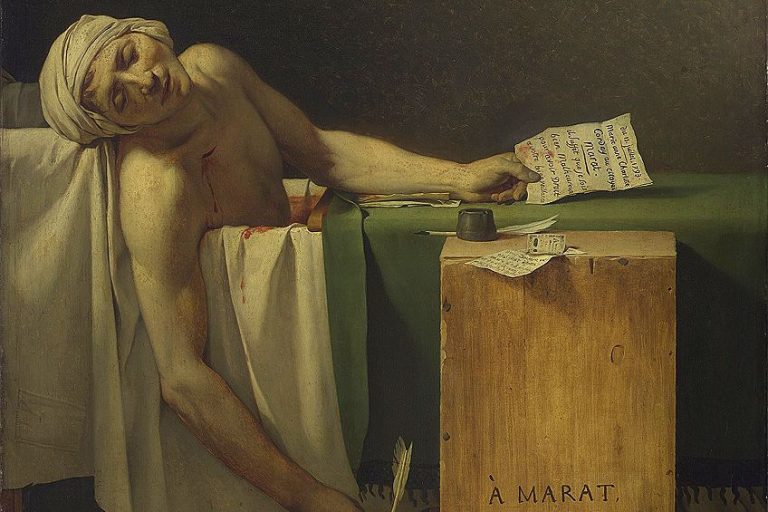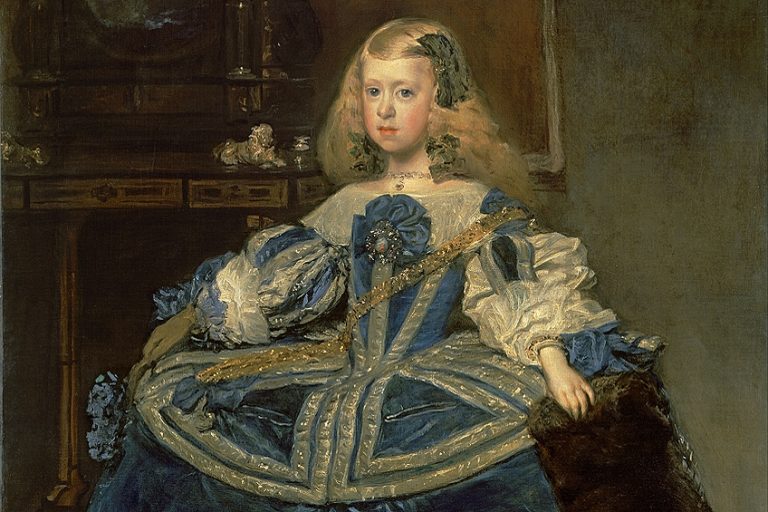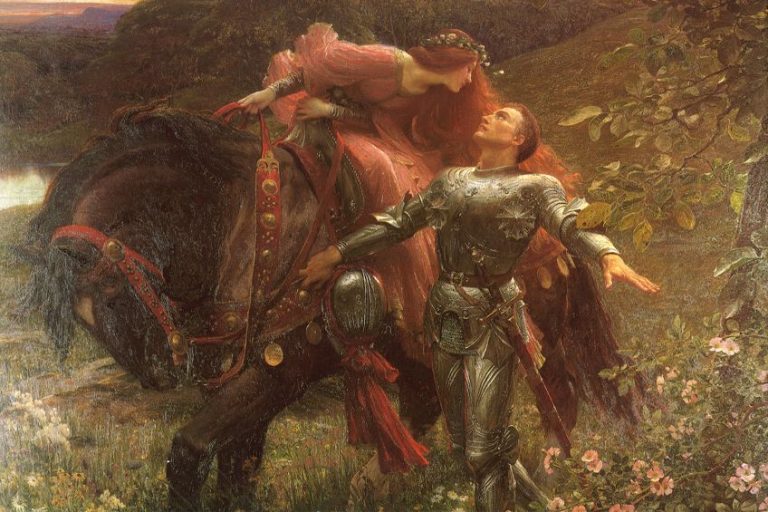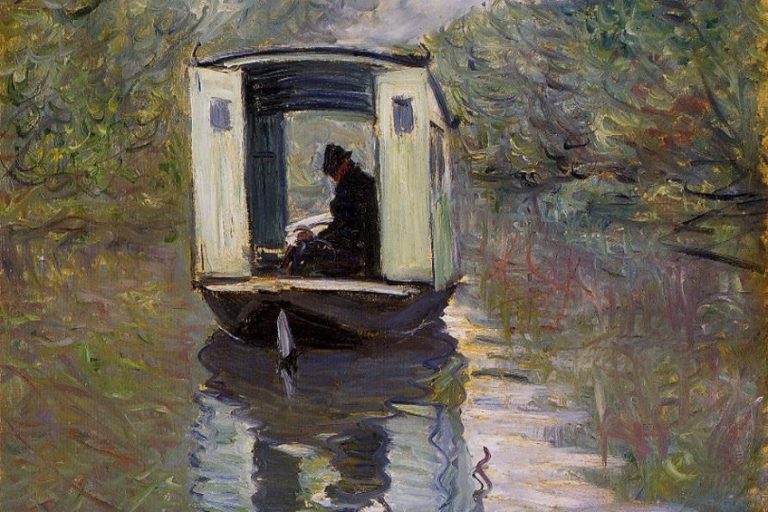“The Face of God” by Michelangelo – Exploring the Celestial Vision
Michelangelo’s The Face of God is an iconic segment from the masterful frescoes adorning the Sistine Chapel ceiling, completed between 1508 and 1512. This profound work depicts the moment of divine creation, wherein God’s outstretched hand imparts the spark of life to Adam, encapsulating the Renaissance spirit of humanism and the theological concept of imago Dei (the image of God). Michelangelo’s exceptional skill in anatomy and his ability to convey complex theological themes through the human form have made The Face of God not only a pinnacle of Renaissance art but also a timeless symbol of the divine connection between humanity and the Creator.
Key Takeways
- Michelangelo’s The Face of God blends humanism with traditional religious iconography.
- Painted in 1512, it reflects the cultural and artistic innovations of the Renaissance.
- The fresco remains a cornerstone of religious art, portraying God’s wrath and mercy.
Historical Context and Michelangelo’s Influence
| Artist | Michelangelo (1475 – 1564) |
|---|---|
| Date Created | 1508 – 1512 |
| Medium | Fresco |
| Genre | Religious Art |
| Period/Movement | High Renaissance |
| Dimensions (cm) | Varied (part of a larger ceiling fresco) |
| Series/Versions | Part of the Sistine Chapel ceiling |
| Where Is It Housed? | Sistine Chapel, Vatican City |
| What It Is Worth | Priceless (part of the Sistine Chapel) |
Michelangelo’s The Face of God is a fascinating masterpiece that continues to capture the imagination and admiration of art enthusiasts around the globe. The fresco, part of the iconic Sistine Chapel ceiling, showcases Michelangelo’s skill in portraying divine imagery. God’s face, depicted as a bearded man with piercing eyes, embodies both wrath and mercy, drawing viewers into the profound emotional depth of the artwork.
Painted during the height of the Renaissance (circa 1512), this work reflects the period’s intricate blend of art and theology.
Michelangelo grew up in Florence, a hub of cultural and artistic innovation, which deeply influenced his approach to religious iconography. Through The Face of God, he conveys the complexity of divine presence, combining humanist elements with traditional religious themes to create a lasting impact on viewers.
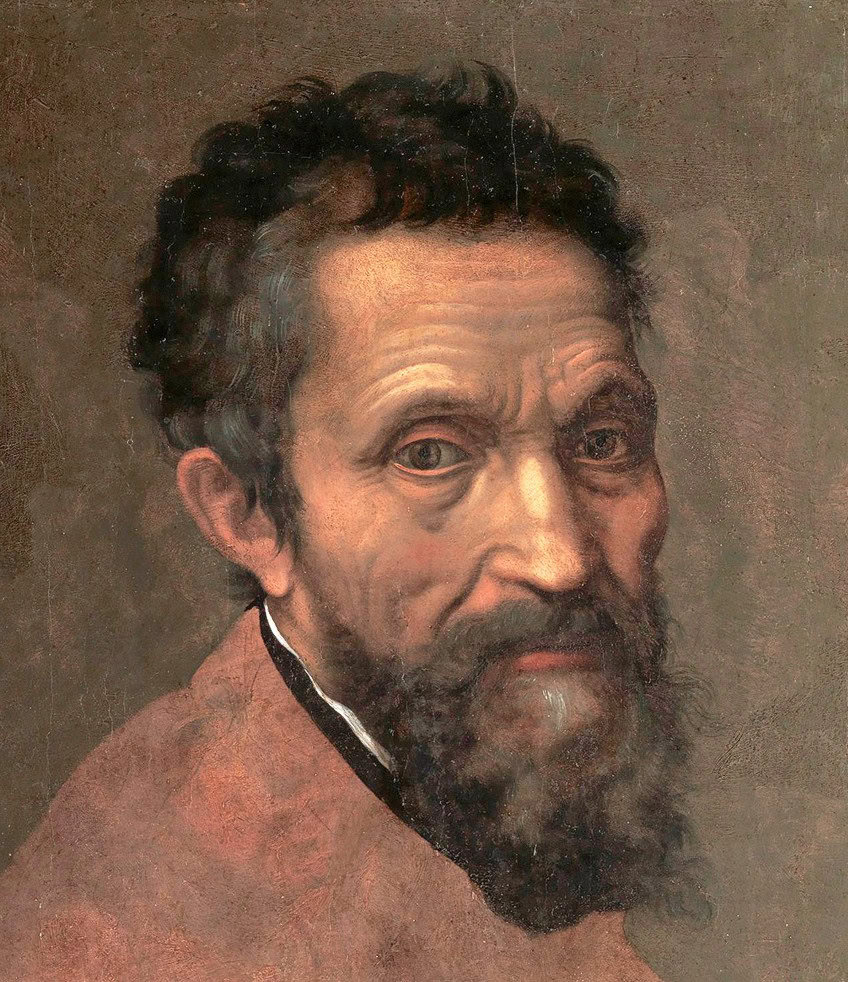
Michelangelo’s portrayal of God played a significant role in shaping religious art and continues to be a subject of intense study. By presenting God with human characteristics, he bridged the gap between the divine and the mortal, enabling people to relate to the divine in a more personal way. This blog post delves deeper into the artistry and significance of this renowned fresco, offering insights into why it remains a cornerstone of Renaissance art.
Renaissance Artistry and Religious Significance
The Italian Renaissance, spanning from the 14th to the 17th century, marked a period of profound artistic revival. Artworks from this era focused on humanism, a celebration of human beauty, and the divine in nature. Michelangelo’s contribution to this cultural renaissance is unparalleled.
His frescoes in the Sistine Chapel, particularly The Last Judgment, depicted over 300 figures, showcasing his mastery in human anatomy and expressive power.
The representation of God as a bearded, authoritative figure with a blend of mercy and judgment resonated deeply with the religious beliefs of the time. This visual theology provided an accessible understanding of divine themes to the largely illiterate populace.
Michelangelo’s Religious Views and Artistic Vision
Michelangelo’s deep religious beliefs heavily influenced his artistic output. He often grappled with themes of sin, redemption, and divine grace in his works. The Face of God in The Last Judgment combines both sternness and compassion, reflecting Michelangelo’s own view of a complex and multifaceted deity. His use of vivid imagery aimed to evoke an emotional and spiritual response.
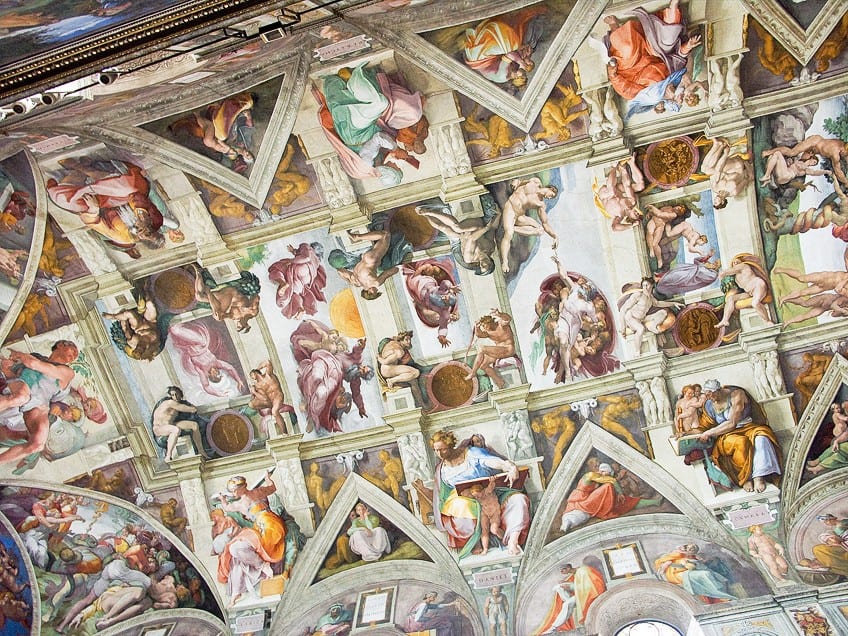
His ability to convey complex theological concepts visually was crucial in an era where literacy was limited. Michelangelo’s works served both as religious instruction and sources of spiritual inspiration for the many who viewed them.
Deep Dive Into The Face of God
Michelangelo’s depiction of The Face of God is a profound exploration of divine imagery. His work is marked by intricate symbolism and a deep connection to biblical themes.
The Creation of Adam Fresco
Michelangelo’s The Creation of Adam, part of the Sistine Chapel ceiling, features one of the most iconic representations of God. In this fresco, God is depicted as an elderly, bearded man, reaching out to Adam with a gesture that breathes life into the first man.
The fresco captures the moment of divine creation, emphasizing the close relationship between God and humanity.
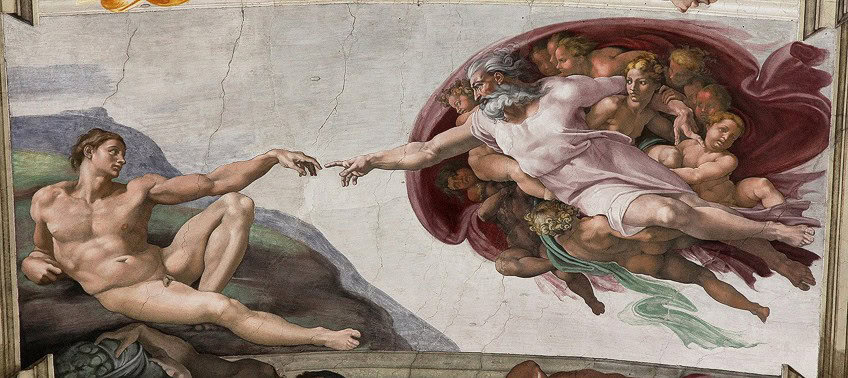
The portrayal of God as a powerful, yet compassionate figure with a commanding presence is central to the artistic vision of Michelangelo. The lifelike muscular figures and the dramatic positioning of the characters enhance the emotional intensity of the scene.
The Last Judgement Fresco
The Face of God is a striking detail within Michelangelo’s The Last Judgement fresco in the Sistine Chapel, completed in 1541. Positioned prominently on the altar wall, this fresco captures the dramatic moment of the final judgment, where Christ sits at the center, commanding attention with a gesture of both blessing and condemnation.
The Face of God is characterized by its intense expression and powerful gaze, conveying a sense of divine authority and justice.
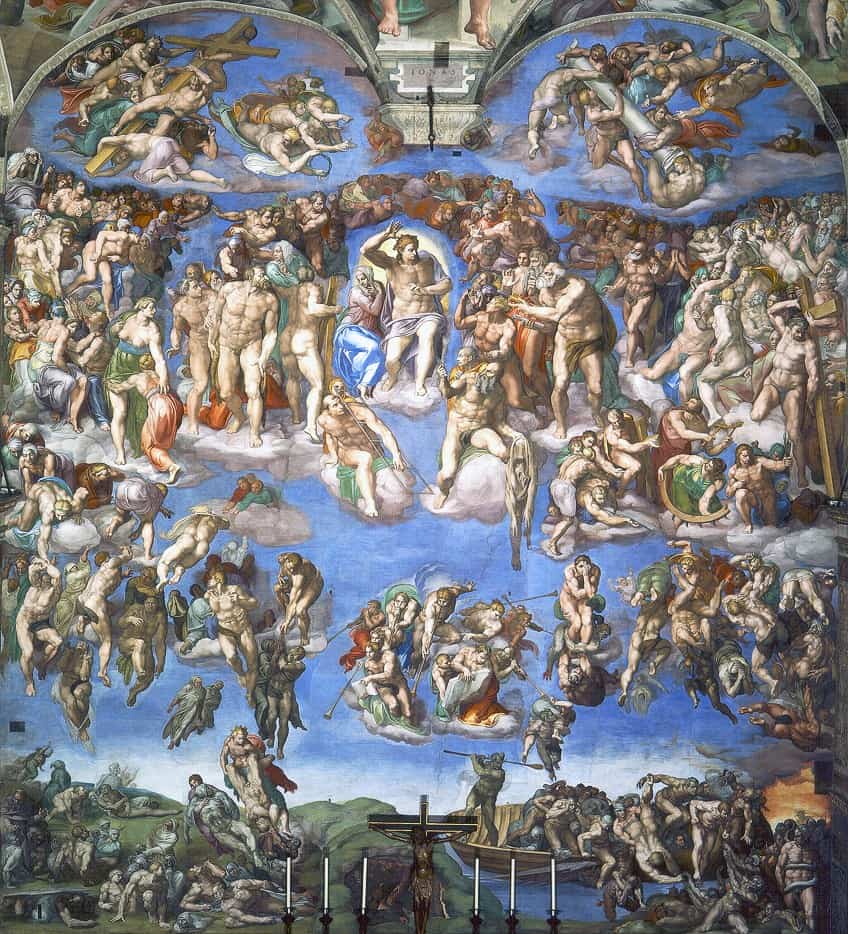
Michelangelo’s skillful use of chiaroscuro enhances the three-dimensionality of the figure, bringing a lifelike quality to the fresco. This depiction has been lauded for its emotional depth and artistic brilliance, exemplifying Michelangelo’s mastery in portraying the human form and divine essence. The fresco, as a whole, remains a pivotal work of Renaissance art, embodying the themes of salvation and damnation with profound intensity.
Symbolic Representation in Michelangelo’s Work
Michelangelo’s work on the ceiling of the Sistine Chapel, including The Face of God, is rich with symbolic meaning. The face of God, distinguished by its expression of both mercy and judgment, reflects the complexity of divine nature as understood in Christian theology.
The artist uses physical features, like the beard and the piercing eyes of God, to convey authority and wisdom.
The positioning and gestures of the figures surrounding God, such as angels and saints, further emphasize the divine hierarchy and the spiritual narrative being depicted. This symbolic representation underscores the omnipresence and omnipotence of God within the context of human salvation and divine intervention.
Theological Implications
In Michelangelo’s The Face of God, he infuses the artwork with significant theological meanings that blend visual artistry with profound spiritual messages. The different religious perspectives enrich the understanding and interpretation of the image.
Judeo-Christian Perspectives on the ‘Face of God’
From a Judeo-Christian viewpoint, the “Face of God” embodies divine attributes like compassion, justice, and omnipotence. Michelangelo’s depiction resonates with Hebrews’ belief, echoed in Numbers 6:24, that God’s face signifies presence and blessing.
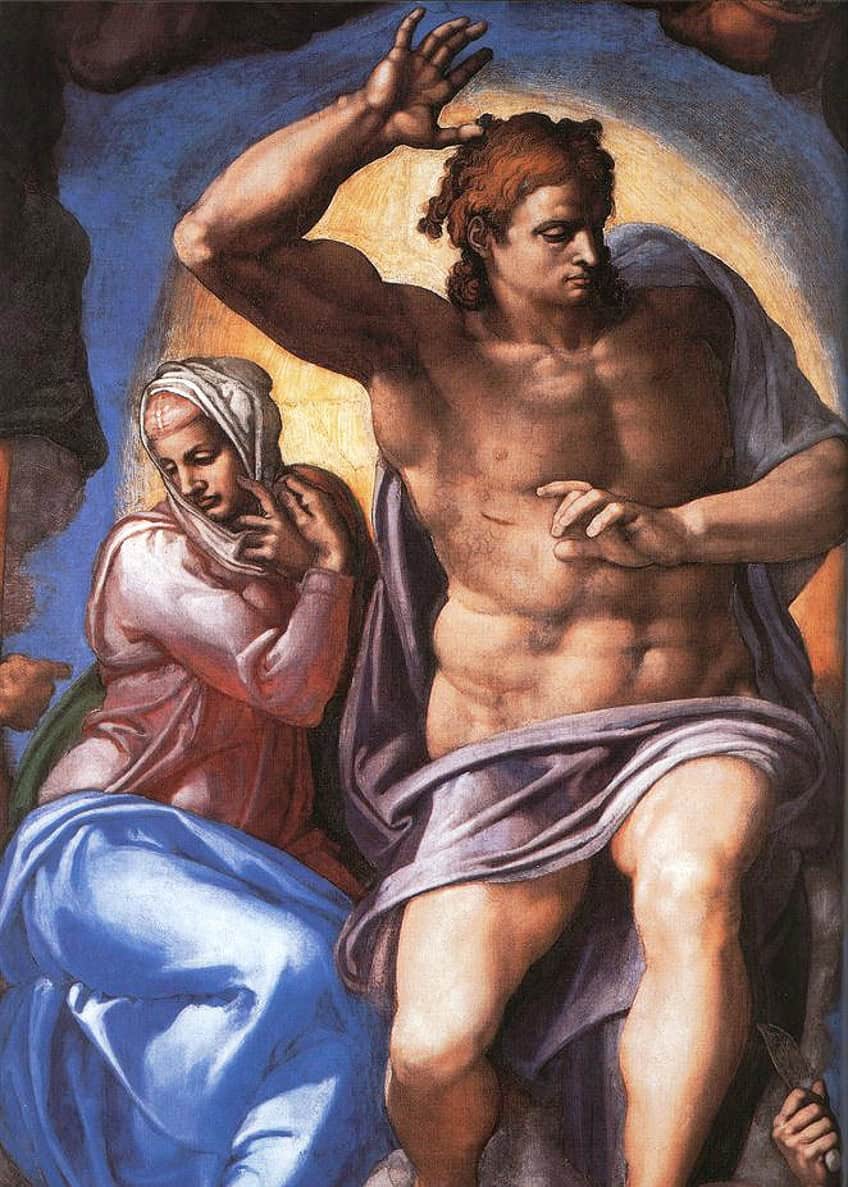
Rabbinical teachings often emphasize God’s face as a metaphor for His guidance and protection. In Christian theology, the face becomes a focal point for contemplating Jesus Christ’s dual nature—human and divine. His piercing eyes reflect both mercy and judgment, qualities central to understanding divine interactions with humanity.
Comparison With Other Religious Representations
Religious representations of divine faces vary significantly across traditions. In Judeo-Christian contexts, Michelangelo’s artwork reflects a personal God engaged with human affairs. By comparison, Hindu and Buddhist art features deities that may be more symbolic of abstract virtues rather than personal engagement.
Islamic traditions typically avoid depicting God’s face, emphasizing His transcendental nature.
The contrast highlights Michelangelo’s cultural and theological influences in portraying God as accessible yet authoritative. These differences underscore the unique way Michelangelo’s work aligns with and diverges from other religious iconographies, providing rich ground for comparative theological study.
Michelangelo’s Lasting Legacy
Michelangelo’s work has had a profound influence on both art and culture, shaping visual representation and impacting various aspects of society beyond art itself.
The Influence on Later Art and Iconography
Michelangelo’s portrayal of divine and human figures set new standards for religious art. His depiction of God as a bearded man with piercing eyes in the Sistine Chapel’s The Last Judgment profoundly influenced later artistic interpretations of divinity.
Artists began to adopt Michelangelo’s robust and dynamic style, using muscular forms to depict biblical figures. The presence of Angels and Saints in his frescos became a template in future ecclesiastical art.
This visual theology offered a new model for expressing complex themes of wrath and mercy. The artistic techniques honed by Michelangelo in capturing human anatomy and expression not only advanced the Renaissance style but also provided a lasting educational framework in art academies. His attention to detail in key works like Moses emphasized the importance of realism combined with idealism, a tradition carried forward by generations of artists.
Cultural Impact Beyond the Realm of Art
Michelangelo’s influence extended beyond visual arts into broader cultural and religious realms. His impact on theological perceptions became a conduit through which people interpreted narratives of the divine. In Michelangelo’s day, artworks served as Panim to the largely illiterate population, acting as visual sermons that communicated sacred stories.
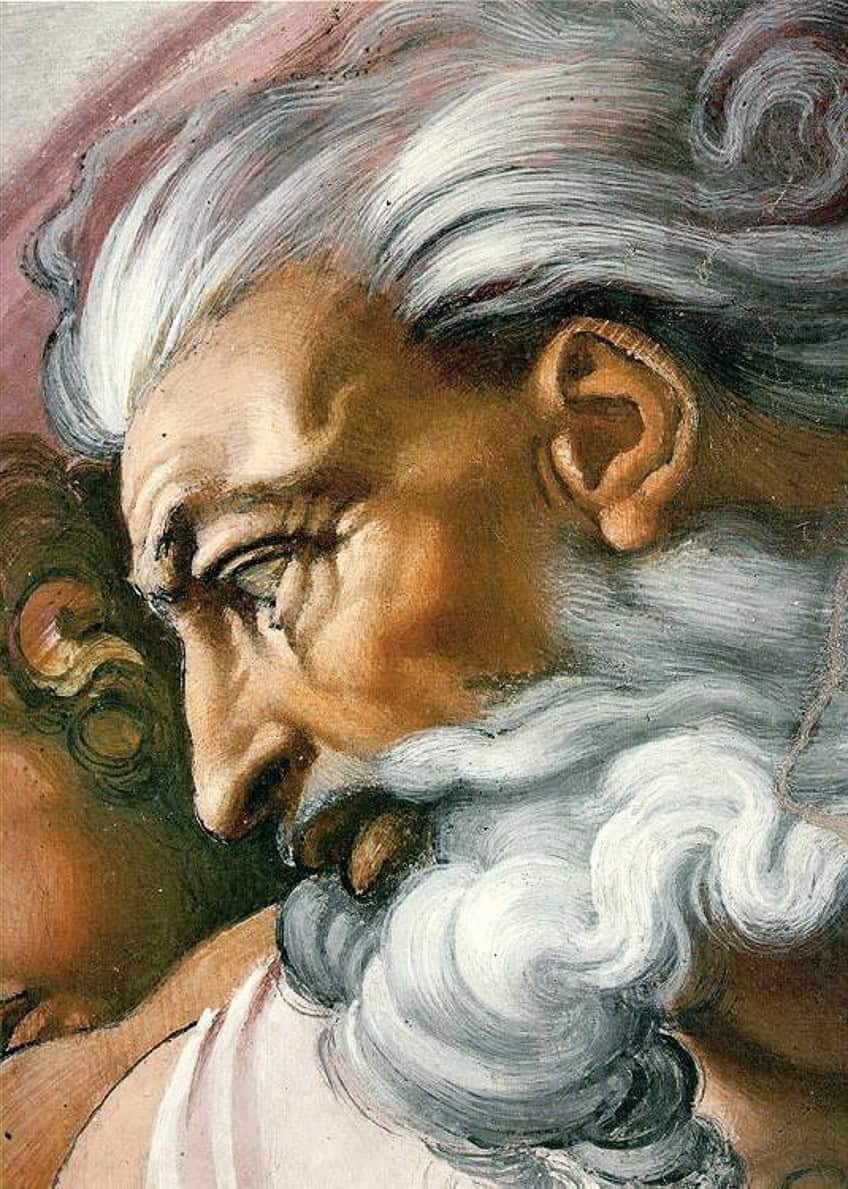
The imagery of God from his work became ingrained in cultural references and iconography, visible even in unexpected contexts like the appearance of cloud formations resembling the divine face. Literature, theater, and even film have borrowed Michelangelo’s vivid representations to evoke powerful divine imagery. His ability to blend Rock-solid realism with profound spirituality challenged and shaped contemporary and future theological and philosophical discourses.
Michelangelo’s The Face of God stands as a testament to the profound interplay between art, theology, and humanism that defined the Renaissance era. This iconic image, central to the Sistine Chapel’s ceiling, continues to inspire awe and contemplation, showcasing Michelangelo’s unparalleled ability to blend anatomical precision with deep spiritual meaning. Through The Face of God, Michelangelo not only immortalized the divine act of creation but also reaffirmed the enduring power of art to transcend time and connect viewers with the sublime.
Frequently Asked Questions
What Is the Meaning Behind The Creation of Adam?
The Creation of Adam depicts the biblical story from Genesis, where God gives life to Adam, the first man. The scene symbolizes the moment of divine spark, illustrating the relationship between humanity and the divine.
How Does Michelangelo’s Depiction of God and Adam Differ from the Artistic Conventions of the Time?
Michelangelo’s portrayal of both God and Adam was groundbreaking. Unlike earlier depictions, Adam is shown as muscular and idealized, mirroring God’s image. God is depicted as an older, robust figure enveloped by angels, which was unconventional compared to the more static depictions of the divine in earlier artworks.
What Message Was Michelangelo Trying to Convey Through The Last Judgement?
The Last Judgement conveys the powerful themes of divine judgment, salvation, and damnation. It depicts the moment of the final judgment where Christ, as the central figure, decides the eternal fate of souls, reflecting the Catholic Church’s teachings on the consequences of sin and the hope for redemption. The fresco underscores the inevitability of divine justice and the importance of faith and morality.
Isabella studied at the University of Cape Town in South Africa and graduated with a Bachelor of Arts majoring in English Literature & Language and Psychology. Throughout her undergraduate years, she took Art History as an additional subject and absolutely loved it. Building on from her art history knowledge that began in high school, art has always been a particular area of fascination for her. From learning about artworks previously unknown to her, or sharpening her existing understanding of specific works, the ability to continue learning within this interesting sphere excites her greatly.
Her focal points of interest in art history encompass profiling specific artists and art movements, as it is these areas where she is able to really dig deep into the rich narrative of the art world. Additionally, she particularly enjoys exploring the different artistic styles of the 20th century, as well as the important impact that female artists have had on the development of art history.
Learn more about Isabella Meyer and the Art in Context Team.
Cite this Article
Isabella, Meyer, ““The Face of God” by Michelangelo – Exploring the Celestial Vision.” Art in Context. July 5, 2024. URL: https://artincontext.org/the-face-of-god-by-michelangelo/
Meyer, I. (2024, 5 July). “The Face of God” by Michelangelo – Exploring the Celestial Vision. Art in Context. https://artincontext.org/the-face-of-god-by-michelangelo/
Meyer, Isabella. ““The Face of God” by Michelangelo – Exploring the Celestial Vision.” Art in Context, July 5, 2024. https://artincontext.org/the-face-of-god-by-michelangelo/.


